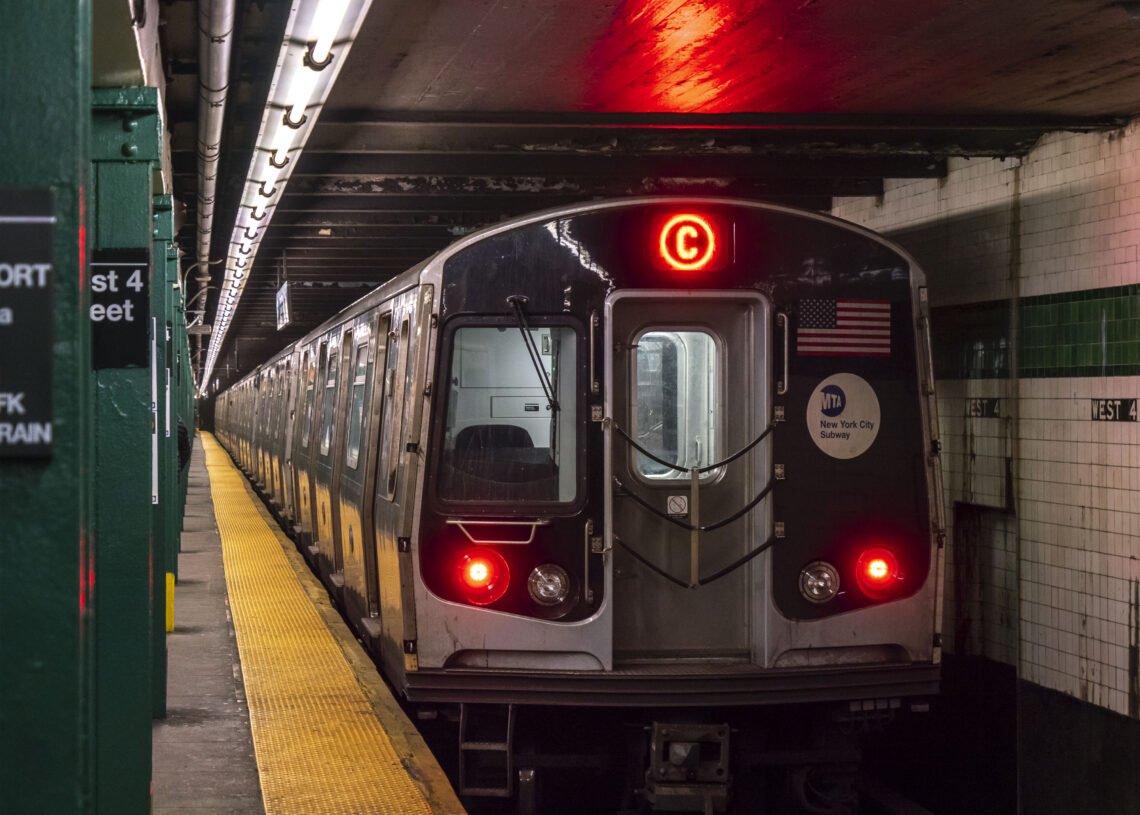On January 4th, a collision occurred beneath Manhattan’s Upper West Side involving a disabled subway train and a passenger-carrying train, leading to minor injuries for 22 passengers and three MTA employees. The National Transportation Safety Board (NTSB)’s preliminary report suggests that a radio communication failure played a role in the incident at the No. 1/2/3 station at W. 96th St. and Broadway.
The crash happened when an “unruly passenger” activated the emergency brake on a Bronx-bound No. 1 train. Unable to reset the brakes on the first five cars, passengers were offloaded at W. 79th St. A decision was made to move the disabled train to a Bronx yard, with a flagger in the front cab using a handheld radio to communicate with a supervisor in the sixth car.
The flagger’s role was crucial: he was to inform the supervisor about track signals and potential obstructions. However, as the train moved northward from W. 79th St. at a restricted speed, the flagger lost radio communication near the 96th St. Station. Consequently, the supervisor in the sixth car did not receive a stop instruction.
The NTSB report indicates that both trains were not equipped with event recorders or cameras. Richard Davey, president of NYC Transit, acknowledged the importance of such devices in future train purchases. The NTSB’s investigation will focus on procedures for moving disabled cars, radio communication practices, and the lack of federal requirements for railcar event recorders.
According to Davey, moving disabled trains in this manner is a routine operation, typically done about a dozen times a week without issue. The disabled train passed a red signal at the north end of the W. 96th St. platform, colliding with another train. The malfunctioning brakes on the disabled train’s first five cars rendered the trip arm system, which is designed to stop trains at red signals, ineffective.
The incident’s cause is still under investigation, with Davey stating that the radios were functioning correctly, leaving the reason for the communication breakdown unclear. It took a full day to completely restore service after the crash.












